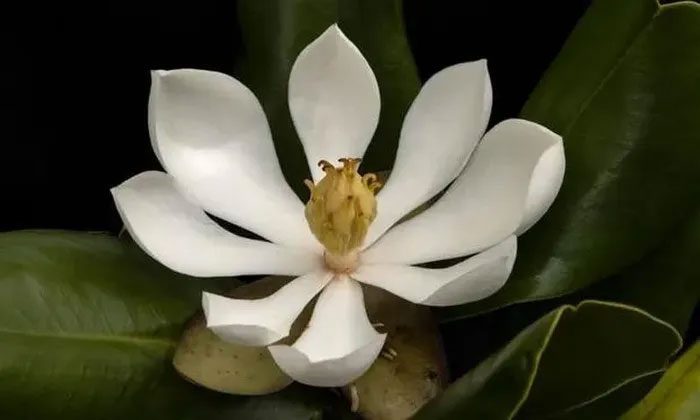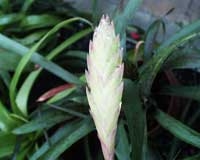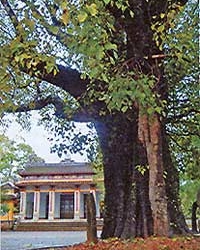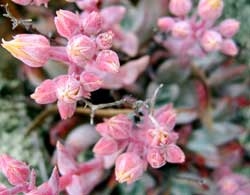Recently, a native magnolia species that had been lost for 97 years in Haiti was unexpectedly rediscovered in a forest within the Massif du Nord mountain range, the longest mountain range in the Caribbean nation.
Known for its pure white flowers and uniquely shaped leaves, the Haitian northern magnolia (scientific name: Magnolia emarginata) was first identified in the Morne Colombo mountainous region.

The Haitian northern magnolia (Magnolia emarginata) is known for its pure white flowers and uniquely shaped leaves. (Source: Haiti National Trust)
However, rampant deforestation has devastated this area, causing Magnolia emarginata to vanish from scientific observation since 1925.
This plant species was subsequently listed as endangered in the International Union for Conservation of Nature (IUCN) Red List. The rediscovery of Magnolia emarginata has sparked new hope for the regeneration of forests in Haiti.
In recent years, forest cover in the Caribbean island nation has drastically declined, with forest area now reduced to about 1%. Many native plant species can now only thrive in mountainous regions or ravines that are difficult for humans to access.
Believing that magnolias might exist in high-altitude habitats, a group of conservationists from the Haiti National Trust—a non-profit organization focused on biodiversity protection in Haiti—ventured into the Massif du Nord mountain range in hopes of finding this long-lost plant.
On the third day of their expedition, the team discovered a strange tree and captured the first photographs of this species. They later found 16 flowering trees at different developmental stages, along with young saplings in the early stages of growth.
After identifying the plant species, members of the Haiti National Trust collected samples for DNA analysis and plan to return in late autumn to gather seeds. According to researchers, these new findings suggest that many more plant species could be discovered in this area.
Haiti National Trust has successfully cultivated four other native magnolia species on the island of Hispaniola. With their experience, scientists hope to assist local communities in contributing to restoration efforts aimed at establishing a botanical garden for the care, conservation, and propagation of native magnolia species.





















































